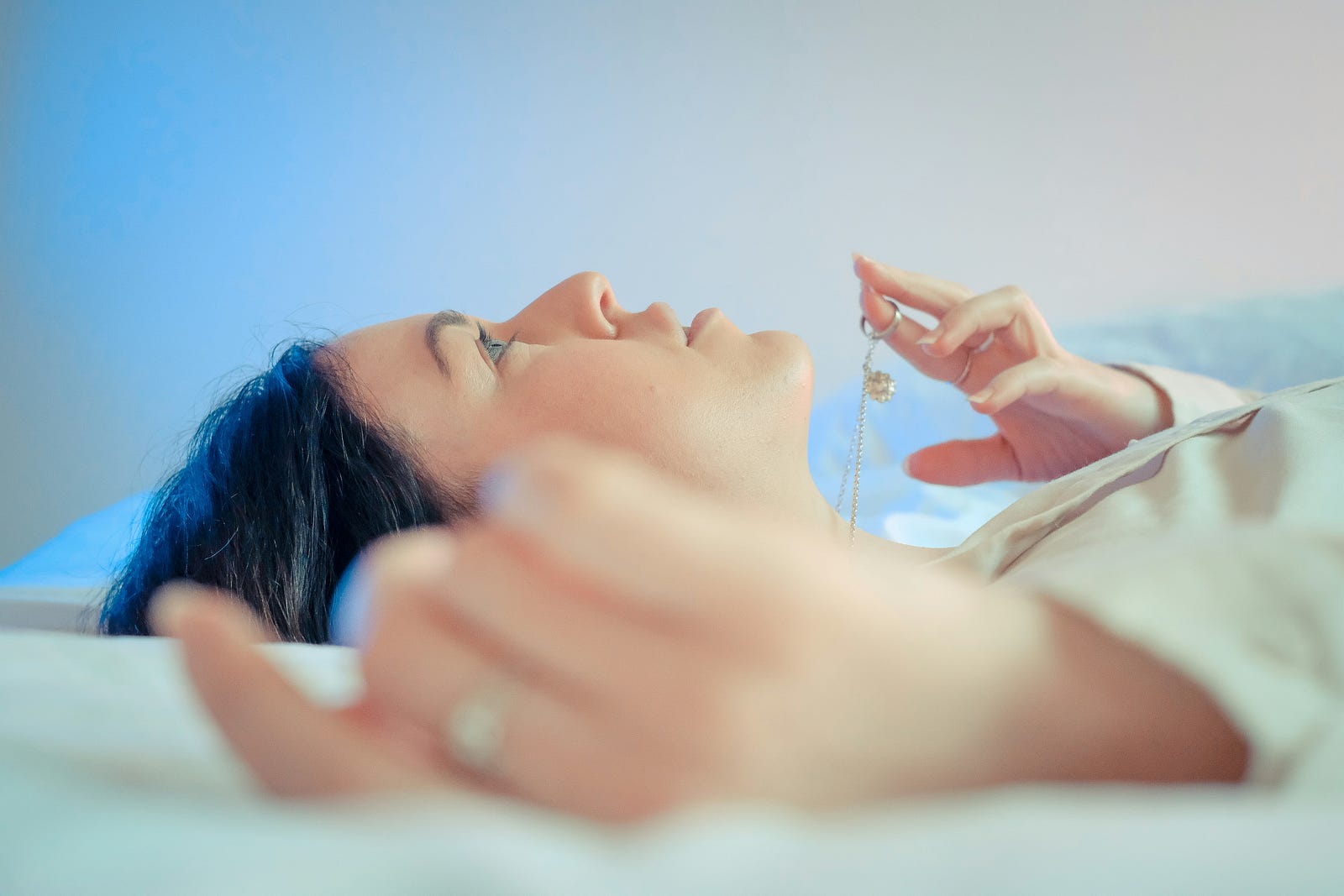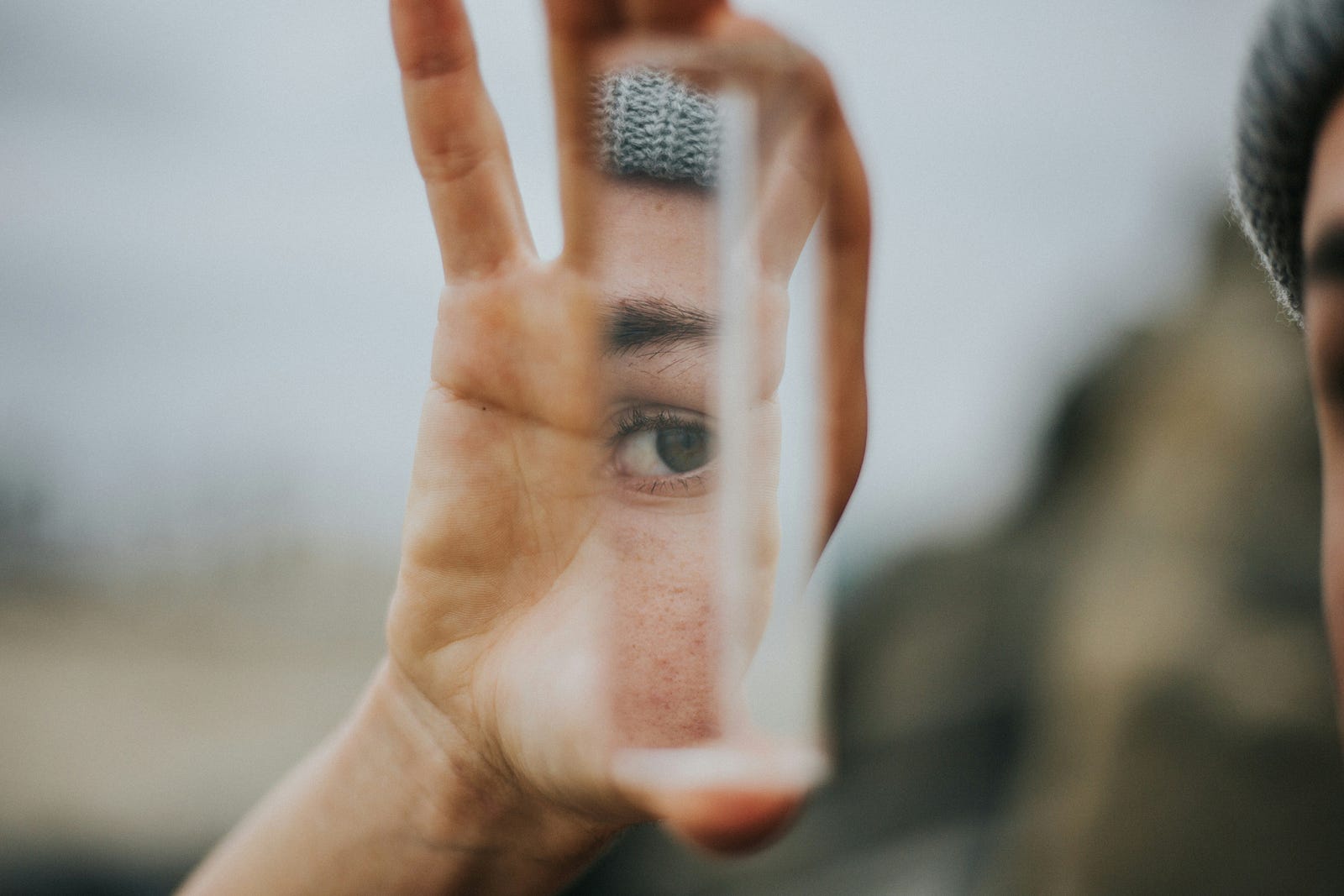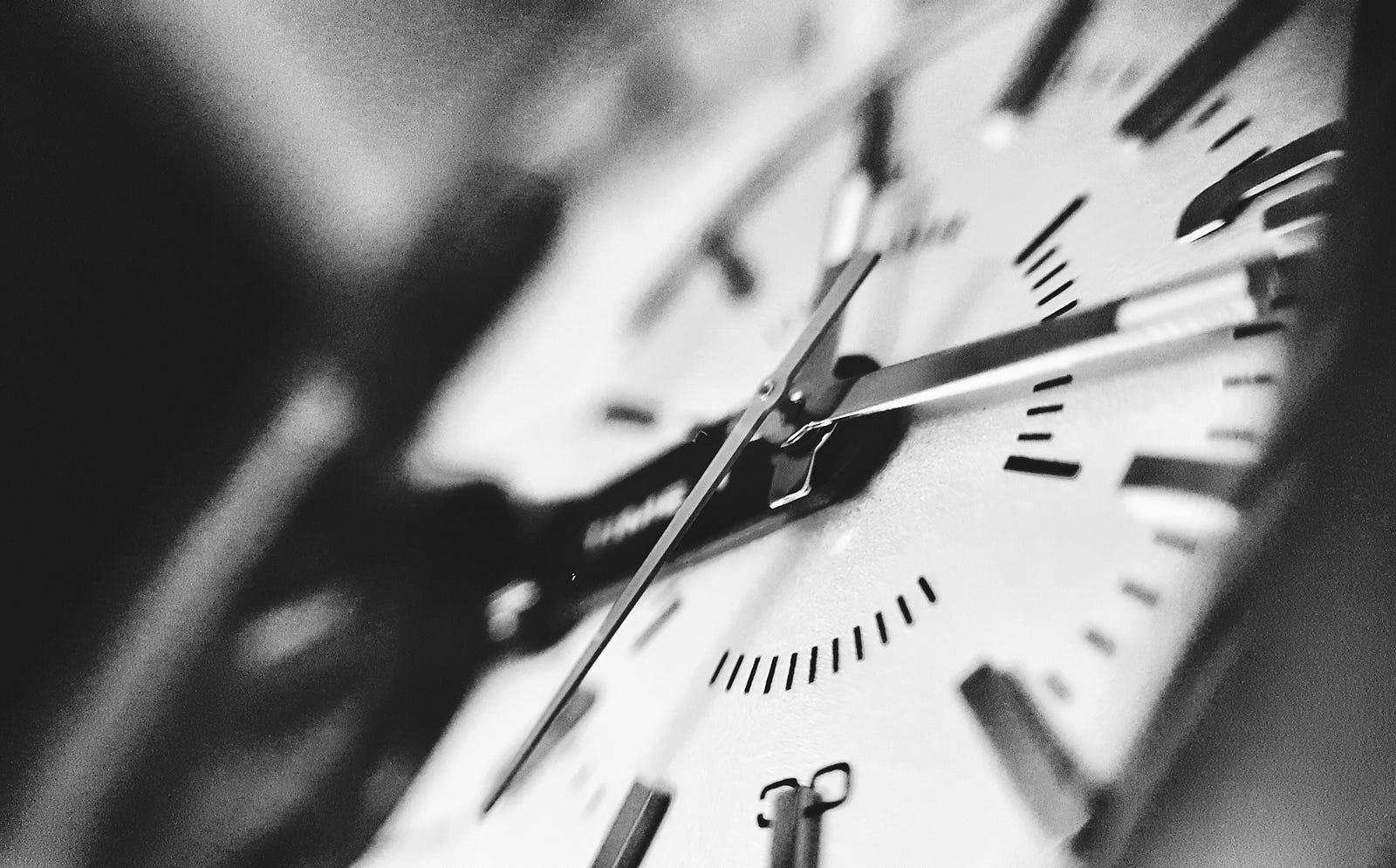As someone who spends an embarrassing amount of time glued to screens — phone, laptop, you name it — I sometimes battle eye strain and disrupted sleep. Today, I talk about blue light-blocking glasses.
Recently, I stumbled upon a sea of blue light-blocking glasses flooding the market, promising a digital detox.
But with so many claims and conflicting information, I started wondering: is this a legitimate solution, or just another tech fad?

Fueled by curiosity and a yearning for a better night’s rest, I decided to delve into the science behind these trendy glasses.
This essay will share what I discovered.
Don’t Believe The Hype – Blue Light-Blocking Glasses
First, a nod to Public Enemy, an American hip-hop group formed by Chuck D and Flavor Flav on Long Island, New York, 1985.
I remember the catchy lyrics of its popular song “Don’t Believe the Hype.”
“I’m the epitome, a public enemy
Used, abused without clues
I refused to blow a fuse
They even had it on the news
Don’t believe the hype.”
Back to the hype.
Blue Light-Blocking Glasses
Yes, I’ve tried them myself. I own a pair of blue light-blocking glasses.
Blue light-blocking glasses have gained popularity, but there is much uncertainty and hype surrounding their effectiveness.

Here are some common claims I have heard that don’t hold up entirely under scientific scrutiny:
- Eliminates eye strain: Blue light can contribute to eye strain, but it’s not the only factor. Screen time, poor posture and dry eyes can all play a role. Studies haven’t shown a definitive link between blue light-blocking glasses and reduced eye strain for all users.
- Cures all sleep problems: Blue light exposure can suppress melatonin production, a hormone important for sleep regulation. However, the impact of blue light-blocking glasses on sleep is mixed. Some studies show benefits, while others show minimal to no effect.
- One-size-fits-all solution: Individual differences in sleep patterns, screen usage habits, and age can influence how blue light affects you. What works for one person might be less effective for another.
- Protects your eyes from permanent damage: There’s currently no scientific evidence to suggest that blue light exposure from screens causes permanent eye damage.
Blue Light-Blocking Glasses in Detail
Ever scrolled through social media and seen ads for blue light-blocking glasses promising to cure all your screen-related woes?
You might want to hold on before you hit “buy.”
While the idea of easy relief from eye strain and sleep problems sounds tempting, the science of these glasses is a mixed bag.
Did you know that blue light-filtering lenses typically block only about 10 to 25 percent of blue light?
Evidence – Blue Light-Blocking Glasses
Here’s a breakdown of what we currently know:
- Eye Strain: Large, well-designed studies have not found a clear link between blue-blocking glasses and reduced eye strain. While blue light can be a factor, screen time, bad posture, and dry eyes are likely bigger culprits. A randomized clinical trial showed that blue-blocking lenses did not alter eye strain symptoms.
- Sleep: The research on blue light-blocking glasses and sleep is inconclusive. Some studies show benefits, while others show minimal to no effect. Individual differences in sleep patterns, screen habits, and age can influence how blue light affects you. A review of 17 studies showed no benefit. The researchers concluded: “There was no evidence from RCT publications relating to the outcomes of contrast sensitivity, [color] discrimination, discomfort glare, macular health, serum melatonin levels, or overall patient visual satisfaction.”
The Bottom Line: Blue light-blocking glasses might not be the magic bullet they’re advertised as.

What About 20–20–20?
Some offer this simple trick to give your eyes a mini-detox daily and prevent eye strain.
It’s called the 20–20–20 rule, and it’s easy to remember.
Here’s how it works:
- Every 20 minutes, look away from your screen for 20 seconds.
- Focus your gaze on something 20 feet (about six meters) away.
This simple practice allows your eyes to relax and refocus, reducing strain and fatigue.
While looking away, take a few moments to blink consciously.
Blinking helps lubricate your eyes and prevent dryness.
Evidence for the 20–20–20 Rule
A 2013 study involving nearly 800 university students adds weight to the popular 20–20–20 rule for reducing eye strain.
Researchers investigated the link between refocusing on distant objects and computer vision syndrome symptoms (CVS).

CVS is a collection of eye and vision problems associated with prolonged computer use, including:
- Eye strain
- Watering or dry eyes
- Blurred vision
The study found that students who periodically refocused their eyes on distant objects while using computers reported fewer CVS symptoms compared to those who didn’t.
Tips for the 20–20–20 Rule
Here are some of my approaches to reducing eye strain.

- Close Enough is Good Enough: Judging exactly 20 feet can be tricky indoors. The key is to allow your eyes to refocus on something farther away than your screen. Looking out a window at a distant object, a tree across the street, or even a painting on a far wall will work wonders.
- The Farther, the Better (Within Reason): While closer objects can provide some relief, aiming for a greater distance is generally more beneficial. The farther you look, the more your eye muscles relax and refocus, reducing strain.
- Adapt to Your Workspace: If you’re working in a small space where finding a 20-foot target is difficult, improvise! Look at the farthest object you can comfortably, whether across the room or a few feet away.
Ultimately, the goal is to give your eyes a break from near focusing and allow them to relax.
By incorporating these tips and setting reminders, you’re well on your way to keeping your eyes healthy and comfortable in the digital age.
More Thoughts
While we focus on screen time’s impact on our eyes, overall health plays a crucial role in maintaining good vision.
Here’s the American Academy of Ophthalmology on how you might promote your eye health:

Fueling Your Eyes with a Rainbow of Nutrients
- A balanced diet rich in vegetables: Fruits and vegetables are chock full of antioxidants like lutein and zeaxanthin. These nutrients may help reduce the risk of age-related macular degeneration (AMD) and cataracts. Think colorful! Fill your plate with oranges, leafy greens, and peppers.
- Healthy fats are your friends: Omega-3 fatty acids in fatty fish like salmon may contribute to eye health. Consider incorporating them into your diet a few times a week.
Exercise: A Double Benefit for Your Eyes
Studies suggest that regular exercise may be associated with a lower risk of developing glaucoma and age-related macular degeneration (AMD).
Exercise improves overall circulation, which can benefit your eyes as well.
Aim for at least 30 minutes of moderate-intensity exercise most days of the week.
Key Point
Taking care of your overall health through a balanced diet and regular exercise can go a long way toward keeping your eyes healthy.
Combine these practices with healthy screen habits, such as the 20–20–20 rule, for a comprehensive approach to eye care in the digital age.
And I may just tuck those blue light-blocking glasses away (as fashionable as they may be).
Counterview –
One more thing.
I always like to question myself.
I may be overstating the value of 20–20–20.
There is only limited evidence to support the approach.
These approaches may provide more value:
1. The Power of Breaks: Rest Your Eyes, Boost Your Comfort
While the exact timing of the 20–20–20 rule might not be rigidly set in stone by science, there’s strong evidence that taking breaks during near work is crucial for eye health.
Like any other muscle, your eyes tire from prolonged focus on close objects like screens.
Regular breaks allow your eye muscles to relax and refocus, reducing strain and discomfort.
2. Keeping it Simple: Regular Breaks, Big Benefits
Informing ourselves about the benefits of regular breaks is an effective way to promote healthy habits.
Regular breaks can be easier to remember and integrate into daily routines than a specific time frame.
3. Tailoring Breaks to Individual Needs
The ideal break frequency can vary depending on the individual and the intensity of their screen use.
Some people might need more frequent breaks, while others might be comfortable with slightly longer stretches in between.
Listening to your body and taking breaks when you feel eye strain is a great approach.
4. Beyond Breaks: Additional Tips for Eye Comfort
Here are some additional tips you can share with your patients to promote good digital eye health:
- Adjust screen brightness and contrast: Reduce glare and find comfortable eye settings.
- Practice good posture: Sitting up straight with your head held high reduces strain on your neck and shoulders, which can indirectly affect your eyes.
- Blink regularly: Blinking helps lubricate your eyes and prevent dryness, a common symptom of digital eye strain.
5. The Importance of Regular Eye Exams
Regular eye exams are essential for maintaining good eye health.
This approach can allow you to detect and address any underlying eye conditions contributing to discomfort during work.
By focusing on the importance of regular breaks and combining them with these additional tips, you can empower yourself to take charge of your digital eye health and experience more comfortable screen time.
Thank you for reading “Blue Light Blocking Glasses: Miracle Cure or Marketing Hype?”
Please considering signing up to follow this blog. Thank you!




